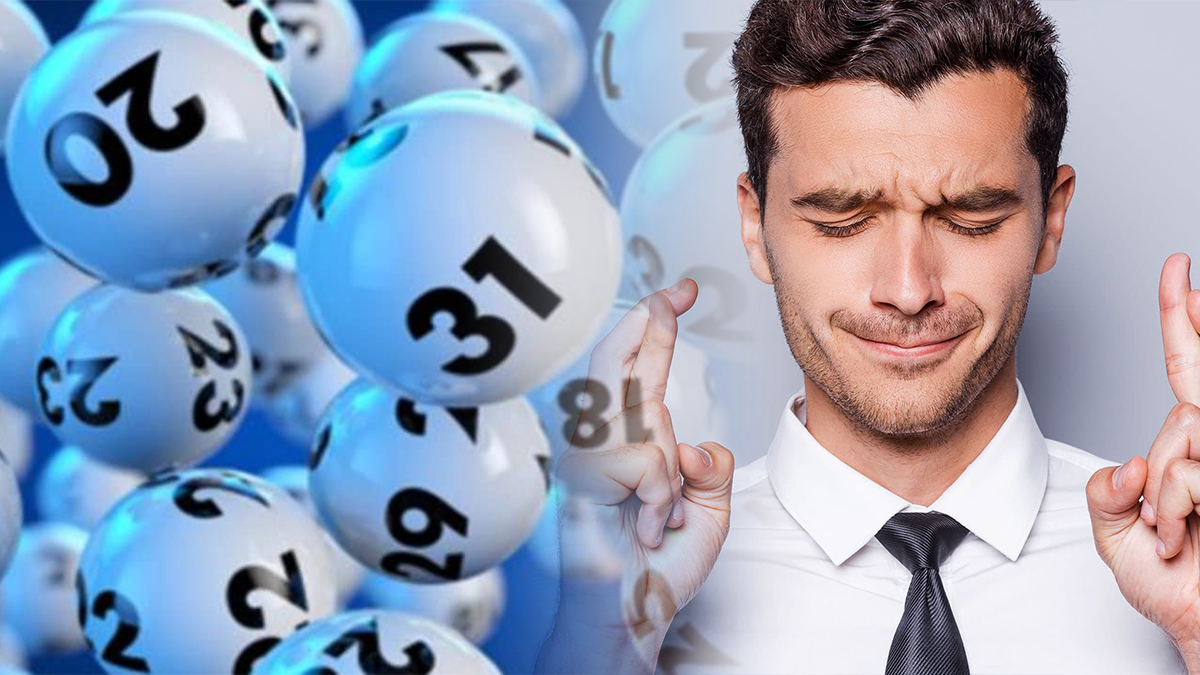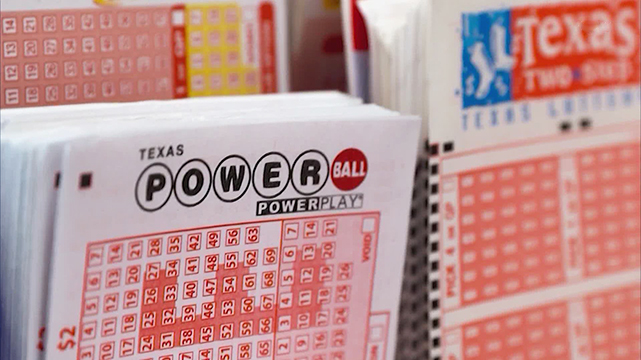Which Texas Lottery Game Has the Best Odds of Winning?

I’ve read that some people worry that the search engines’ advances in artificial intelligence will make blogging obsolete. I don’t think this is true, and here’s why.
When I search for the phrase, “which Texas lottery game has the best odds of winning,” I get a page on a great website that explains in detail the return for multiple Texas lottery games.
But that’s not the answer to the question.
The question is which game has the best odds of winning.
Here are the odds of winning a prize for the various games in the Texas Lottery, from best to worst:
- Scratch Off – 1 in 3.5
- All or Nothing – 1 in 4.5
- Cash 5 – 1 in 7.2
- Lotto Texas with Extra – 1 in 7.9
- Mega Millions – 1 in 24
- Powerball – 1 in 24.9
- Texas Two Step – 1 in 32.4
- Daily 4 – 1 in 56
- Pick Three – 1 in 69
Of course, the odds can vary from one scratch off game to another, but that’s a close approximation. If you don’t mind playing scratch off tickets, the best odds of winning are to pick one of those games. If you want to play in a draw game, the best odds of winning are All or Nothing.
The odds of winning are NOT the same as the return.
In the rest of this post, I explain the difference, and I also explain how the odds of winning lottery games are calculated.
The Difference Between Winning Odds and Expected Return
The odds of winning is just a comparison of the likelihood of winning versus the likelihood of losing. It’s a factor that affects the expected return for the game, but it’s only one of the factors.
Odds of winning are just applied mathematics, specifically, probability.
Calculating the Probability of Winning
To calculate a probability, you just divide the number of winning outcomes by the total number of outcomes. In other words, it’s just a ratio.
Let’s use the scratch-off game Millionaire’s Club as an example. The Texas Lottery has printed 6,731,160 tickets for this game, total—that’s your total number of possible outcomes.
Of those, 1,918,067 are winners.
So, the probability of winning is 1,918,067 divided by 6,731,160, or 28.5%. That’s the same as 1 in 3.5, or 2.5 to 1 odds of winning.
Those aren’t terrible odds, but the odds of winning many casino games is a lot better. For example, the odds of winning an even-money bet at the roulette table are 47.37%, which is close to 1 in 2.
Calculating the Expected Return
Those were just the overall probabilities of winning, but a game like Millionaire’s Club has multiple prize amounts, each of which has its own probability of winning. A ticket for this game costs $50, and the tickets have the following payouts:
- $1,000, 000 (4 tickets)
- $10,000 (205 tickets)
- $2000 (2347 tickets)
- $500 (48,245 tickets)
- $250 (112,118 tickets)
- $200 (241,801 tickets)
- $150 (336,558 tickets)
- $100 (504,656 tickets)
- $75 (673,133 tickets)
The probability of winning any specific dollar amount can be calculated, too. For example, the probability of winning $75 is 673,133 divided by 6,731,160, which is almost exactly 10%.
When you multiply the prize amount by the probability of winning and adjust it for the price of the ticket, you get the expected value for that prize. When you add the expected value of all the prizes together, you get the total expected value for the game.

Since the tickets cost $50, you divide the prize amounts by $50 to get the correct payout ratio. For example, with a $75 prize, the payout is 1.5 to 1.
Multiply that by 10%, and the return for that prize is 0.15.
When you perform that calculation for all the prizes and add them together, the total return for this game is about 78%.
In other words, if you bought every ticket for this game, you’d spend $50 x 6,731,160 on tickets, or $336,558,000.
You’d get $336,558,000 x 78% in winnings, or $262,515,240.
Your net loss would be $74,042,760.
How Do the Odds of Winning Compare?
Texas has about 40 or 50 different scratch and win ticket games happening at any given time. Calculating the probability of winning each of them and comparing them is beyond the scope of this post, but it’s safe to assume that the difference in the odds of winning from scratch and win game to another is insignificant.
In other words, most of the other Texas scratch and win games offer about a 1 in 3 or 1 in 4 probability of winning.
But what about the other lottery games in Texas?
These are draw games, which are also sometimes called “lotto games.”
The general rule is that the lower the prize amounts, the better your probability of winning is. That’s especially obvious when you consider that the goal for the lottery is to turn a profit. If you have a lottery game with a top prize of $1 million, the odds of winning must be correspondingly lower than if it had a top prize of $10,000 if it still wants to turn a profit.
Mega Millions and Powerball are the two biggest lotto games in Texas and, indeed, anywhere in the United States. As I write this, the jackpot for Mega Millions is $22 million, and the jackpot for Powerball is $253 million.
The odds of winning either of these jackpots are roughly the same—about 1 in 300 million. Those are absurdly long odds. Your odds of being struck by lightning this year are 300 times more than your odds of winning the jackpot on either of these games.
But the question isn’t about the odds of winning the big jackpot.
It’s just about the odds of winning any prize.
That’s something we can calculate, too.
You just need to know the total number of possible outcomes, which is just another math problem. You know that you’re choosing five numbers from between 1 and 69 and a 6th number between 1 and 26.
It’s easy to see how the number of potential combinations becomes staggering quickly. You have 69 possible numbers in position 1, and 68 possible numbers in position 2, 67 in position 3, and so on. (Every time a number gets drawn for one of the balls, it’s no longer a possibility for the other balls.)
This gives you your probability of getting the first 5 numbers right. That’s 1,348,621,560 to 1.
You divide that by 5 x 4 x 2 x 2 x 1, or 120, and that gives you odds of 1 in 11,238,513.

That’s then multiplied by 1/26 to get the odds of getting the first 5 numbers PLUS the Powerball.
This comes to 1 in 292,201,338.
You can repeat this calculation for every possible prize in the game, add them all up, and you get the total probability of winning any kind of prize.
But you don’t have to.
The odds of winning ANY prize are printed on the ticket—1 in 24.9.
Those are terrible odds, by the way. I don’t want to play a game where by probability of winning is about 4%.
Think about it this way: Do you really want to buy 25 tickets and only have a single winner?
That’s what you’re looking at there.
Conclusion
Which Texas Lottery game has the best odds of winning?
Any of the scratch-off tickets.
Which game has the best return?
That’s a subject for another post. It varies based on the size of the jackpots, too. And when you’re dealing with such long odds of winning the top prize, it’s practically irrelevant anyway.
The lottery, in Texas and everywhere else, is a long shot and should be treated as such.

 Author:
Author: 